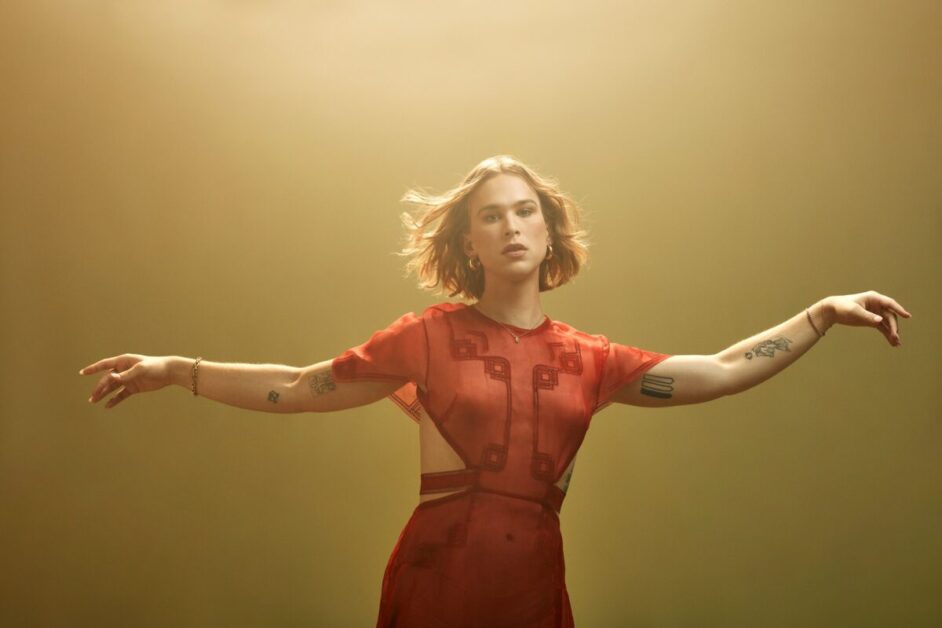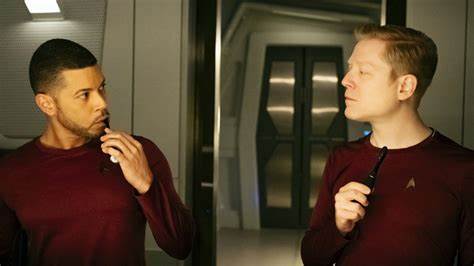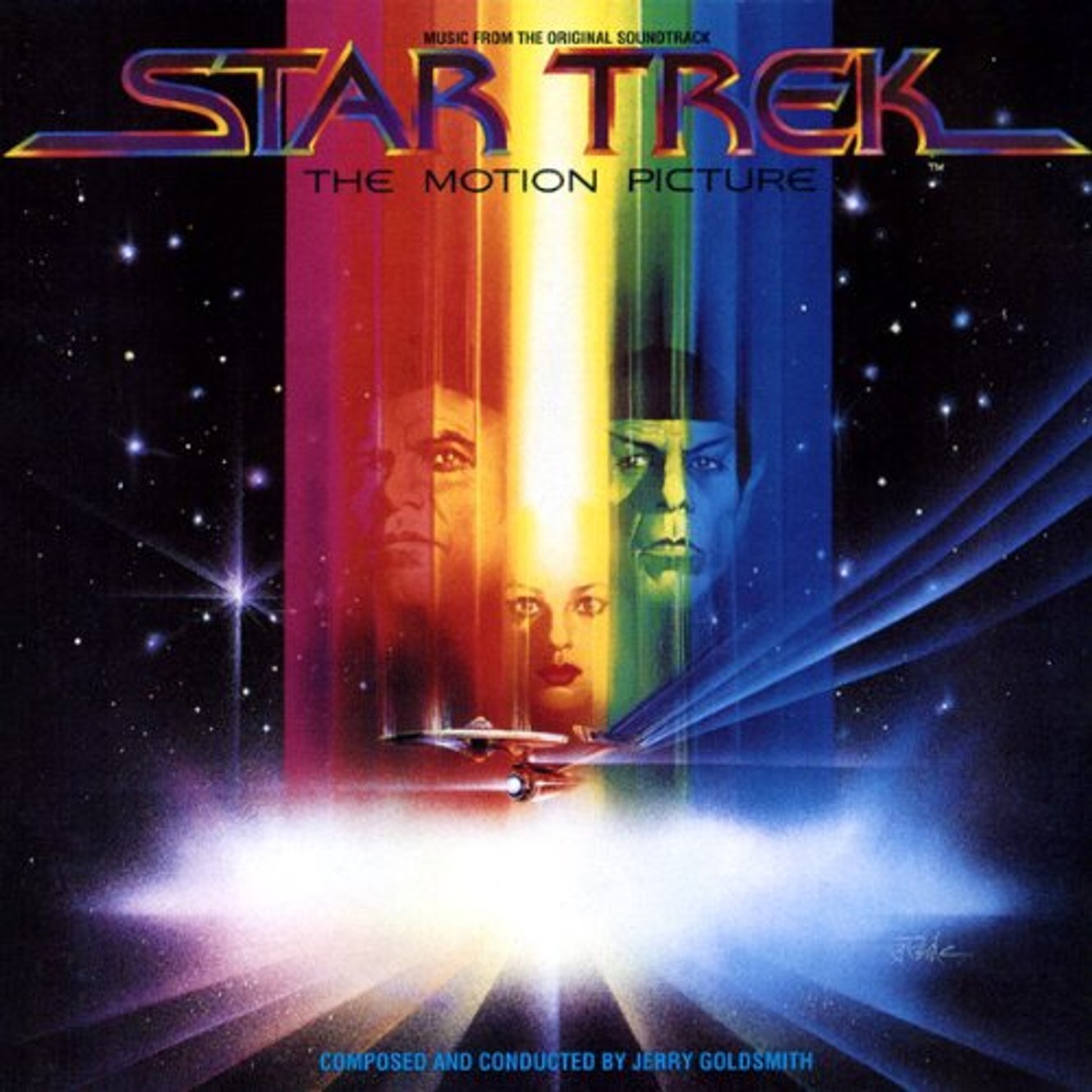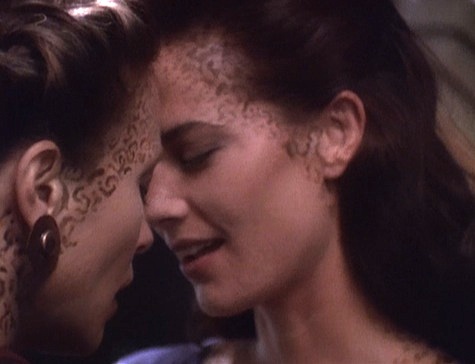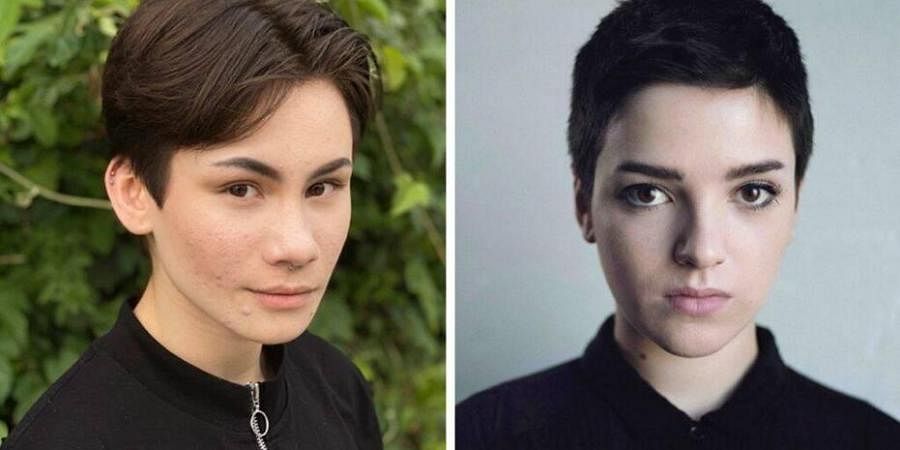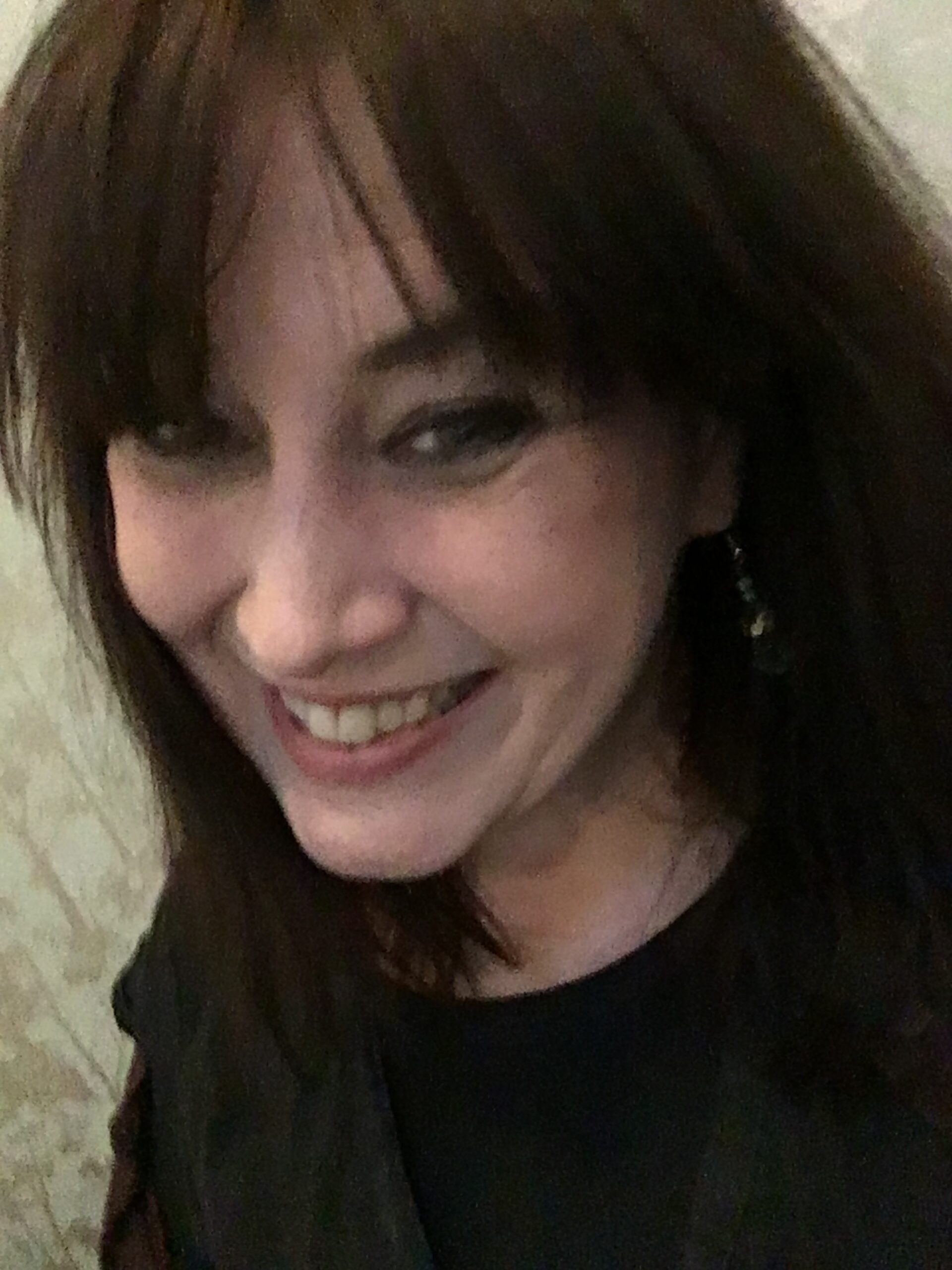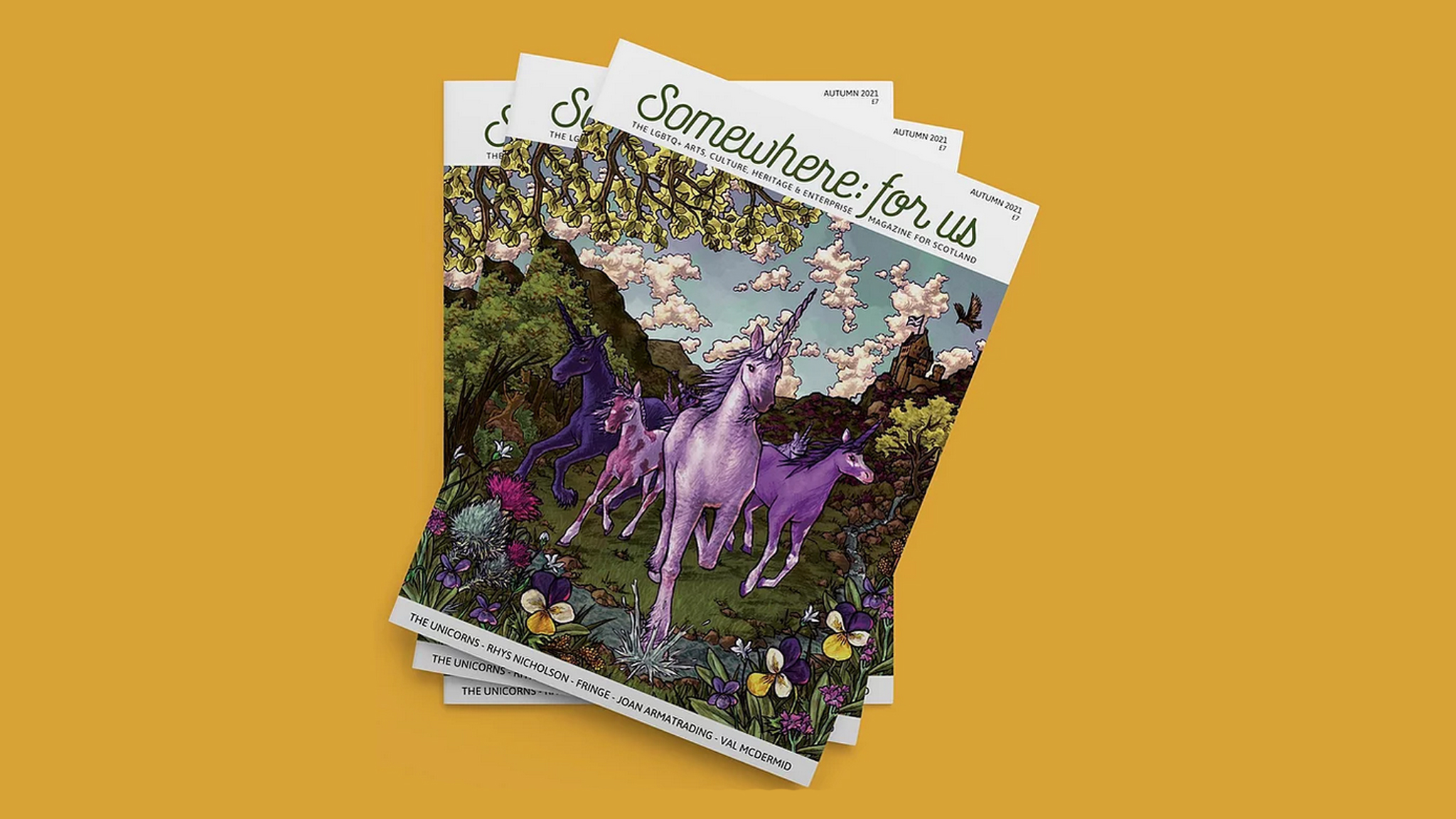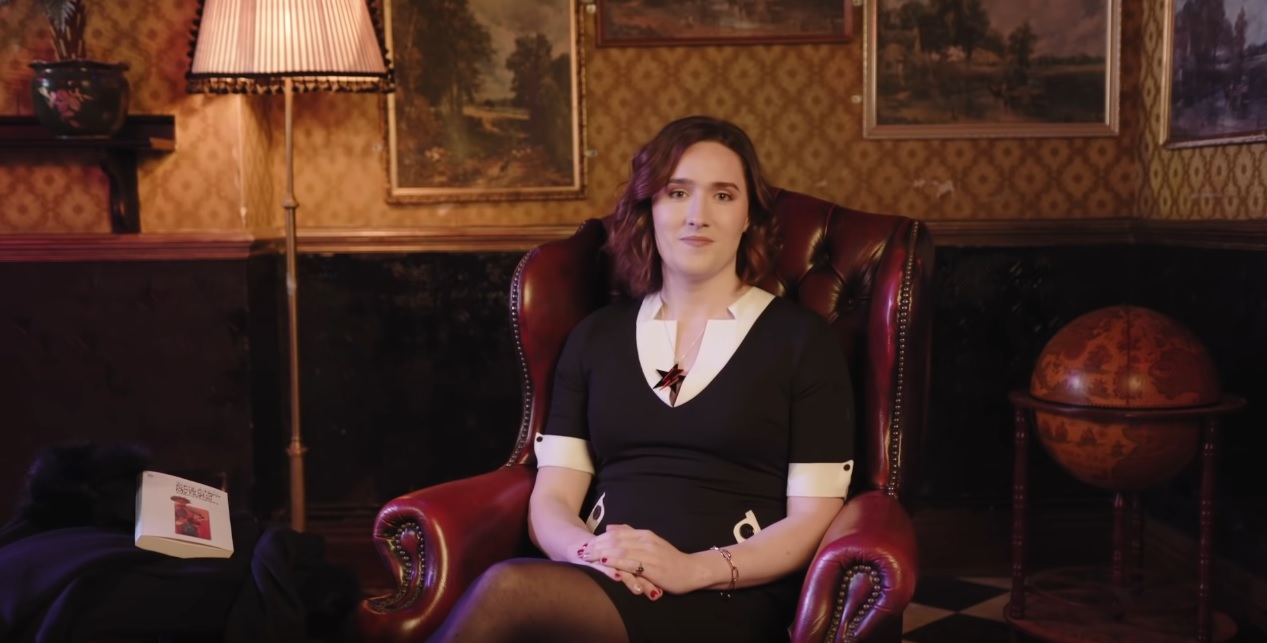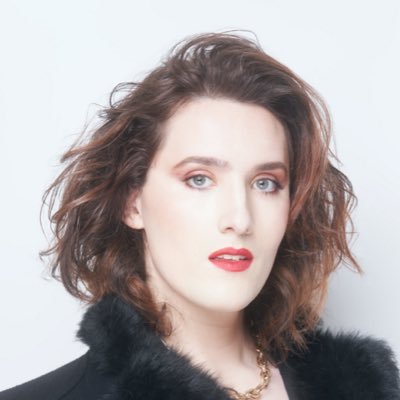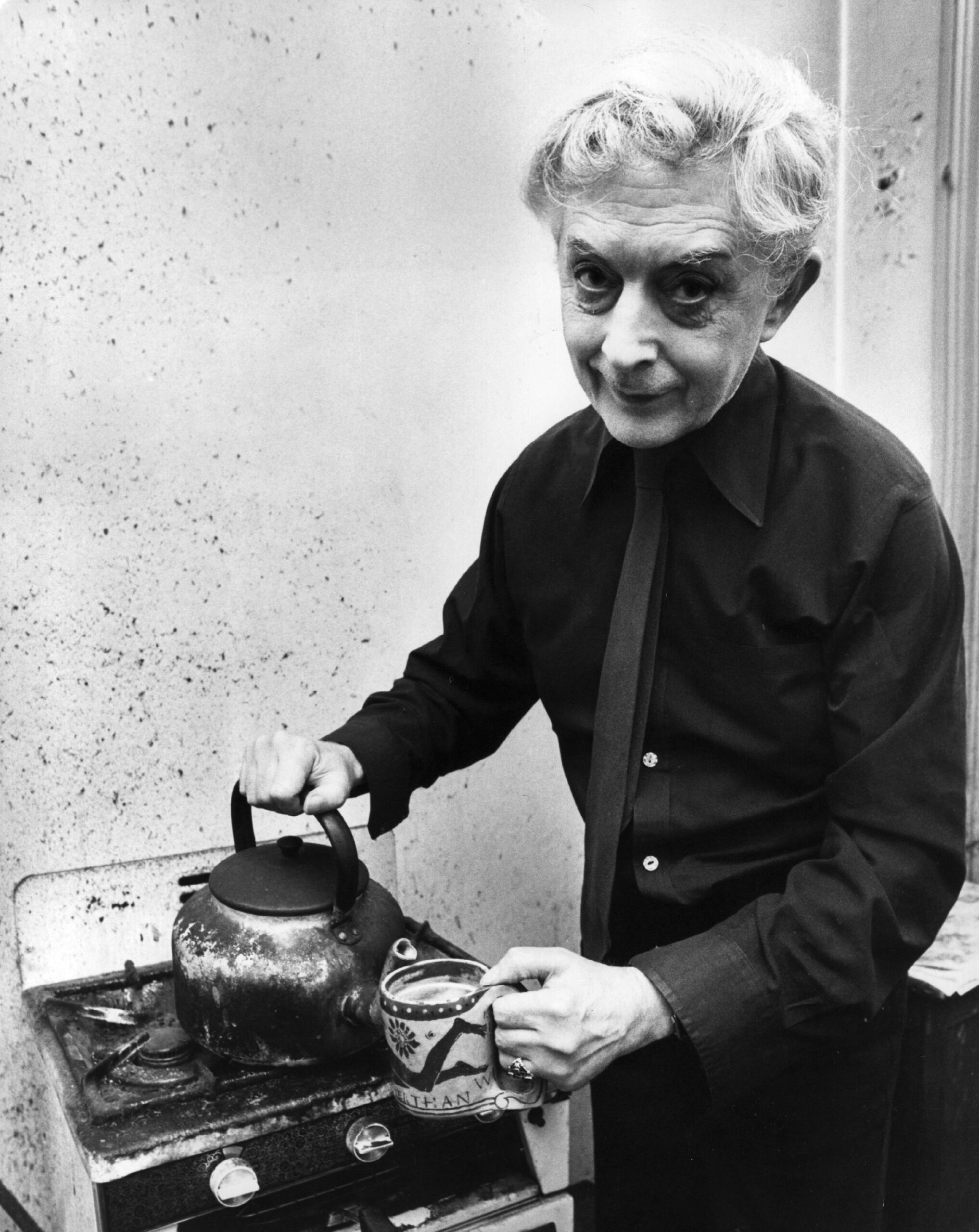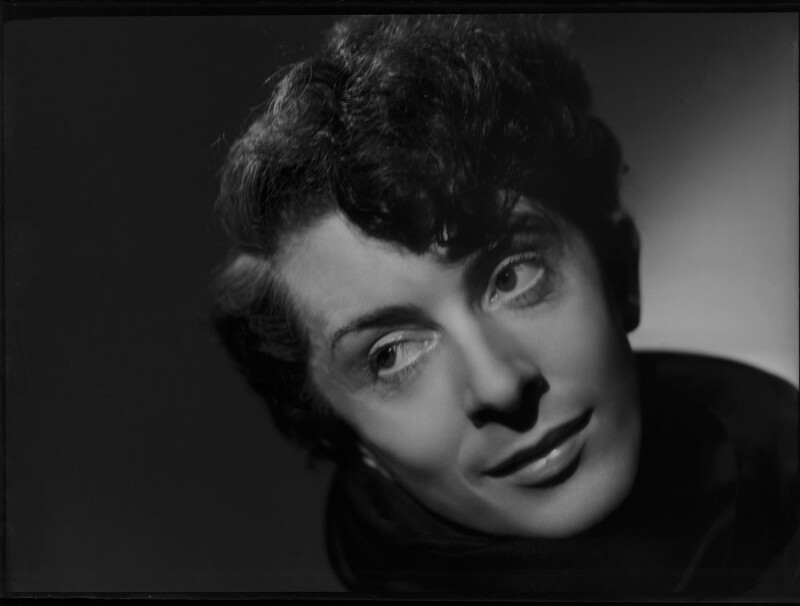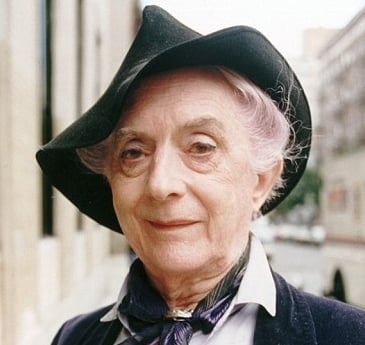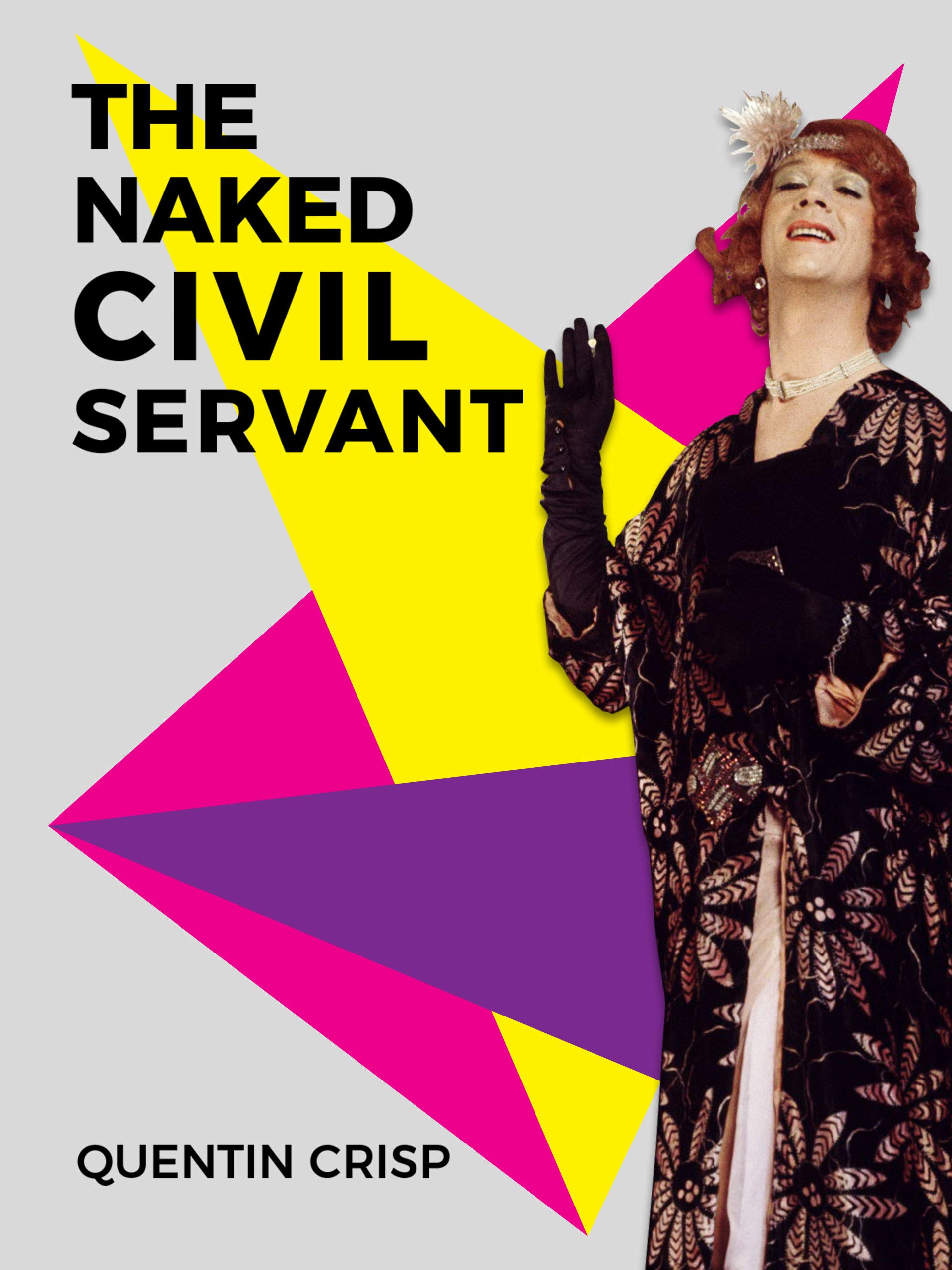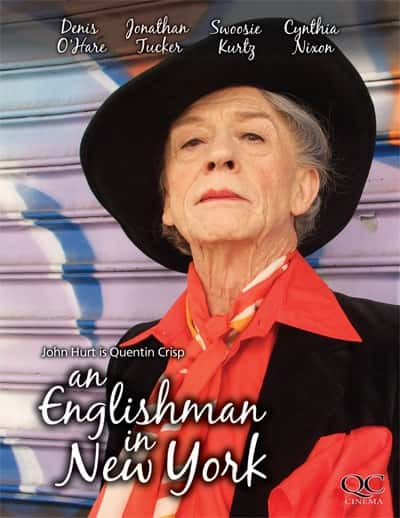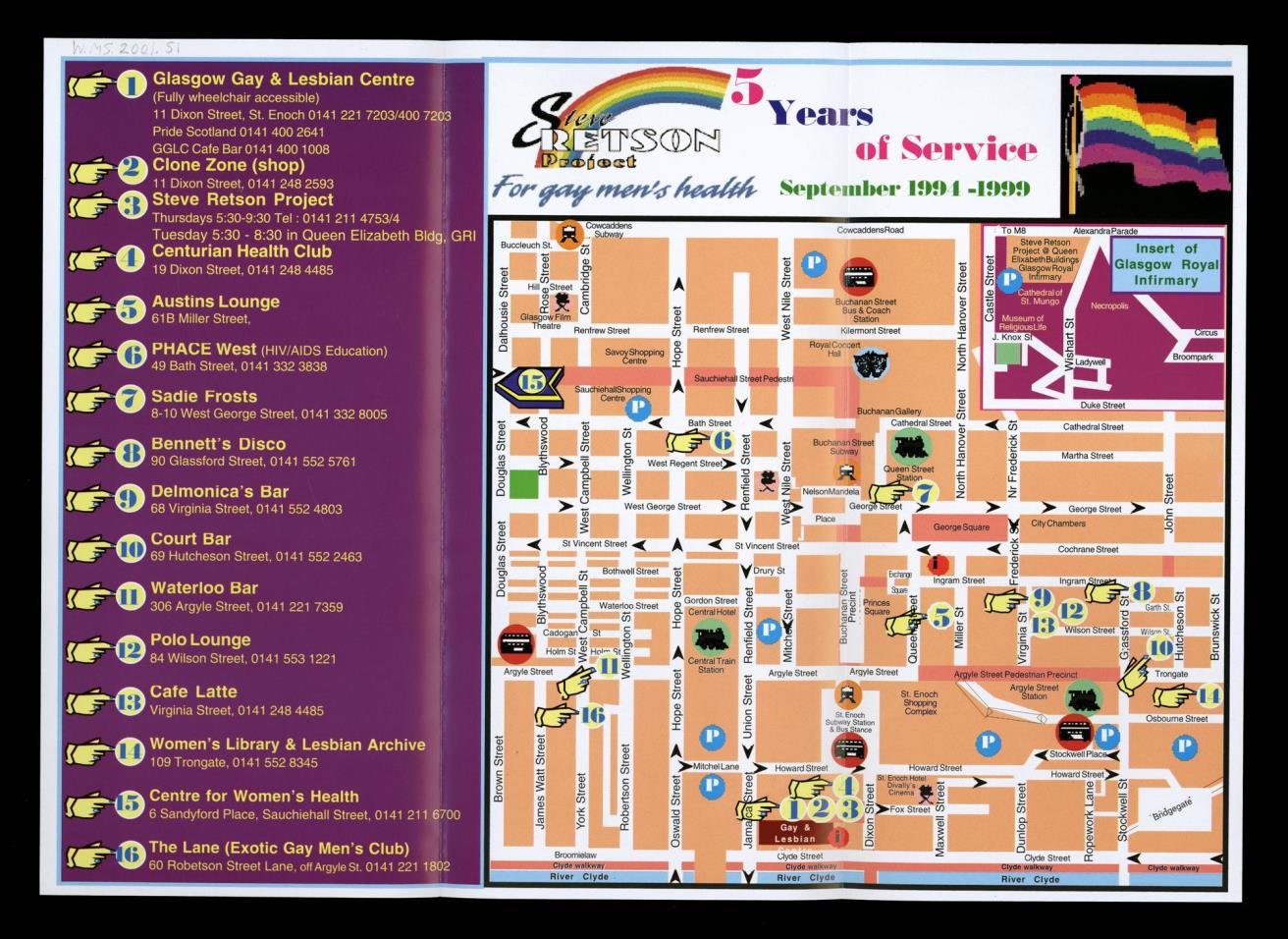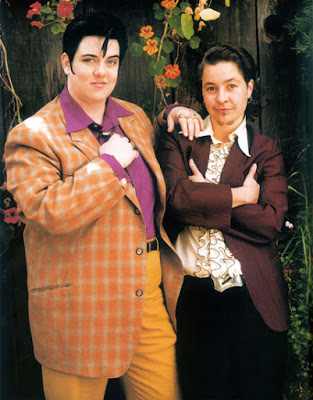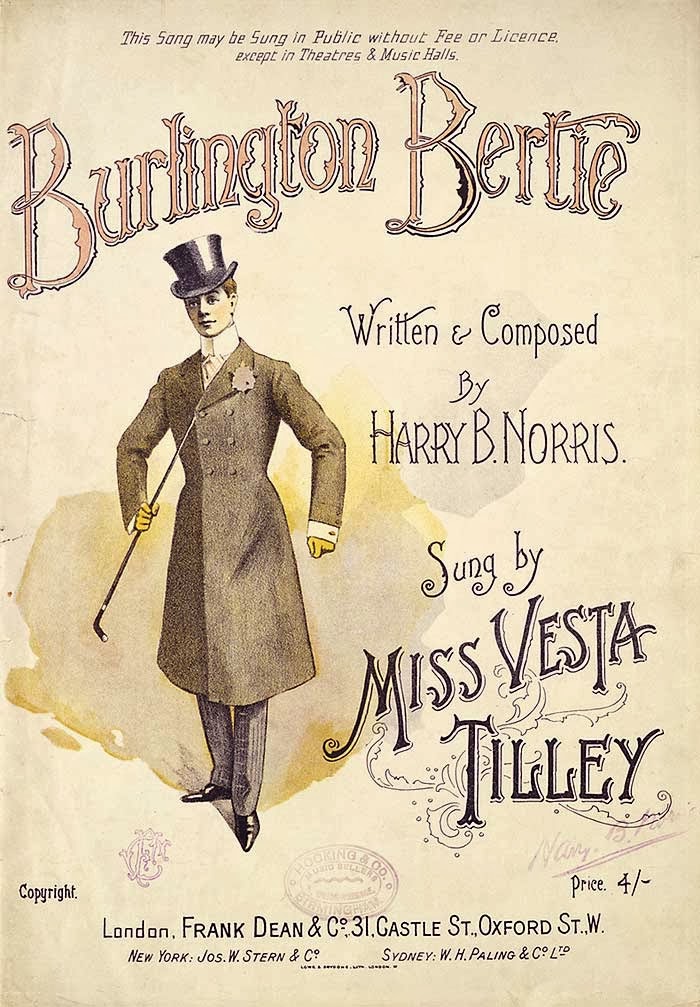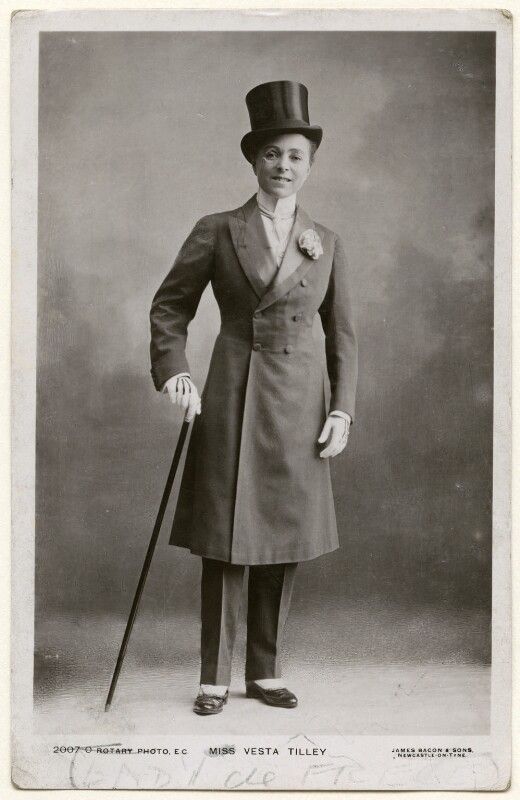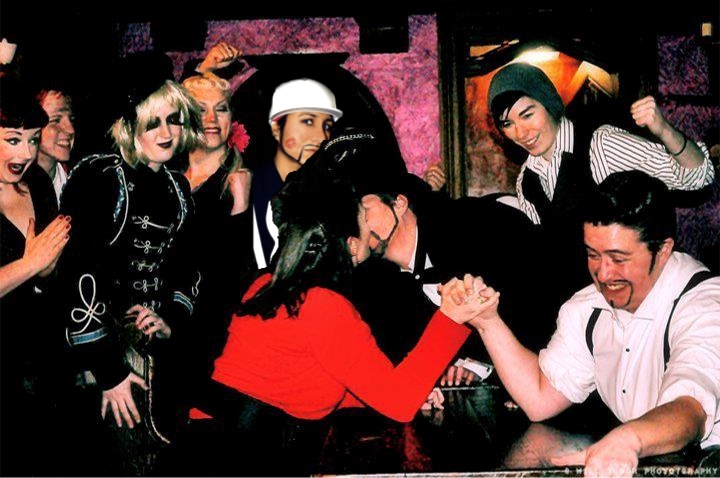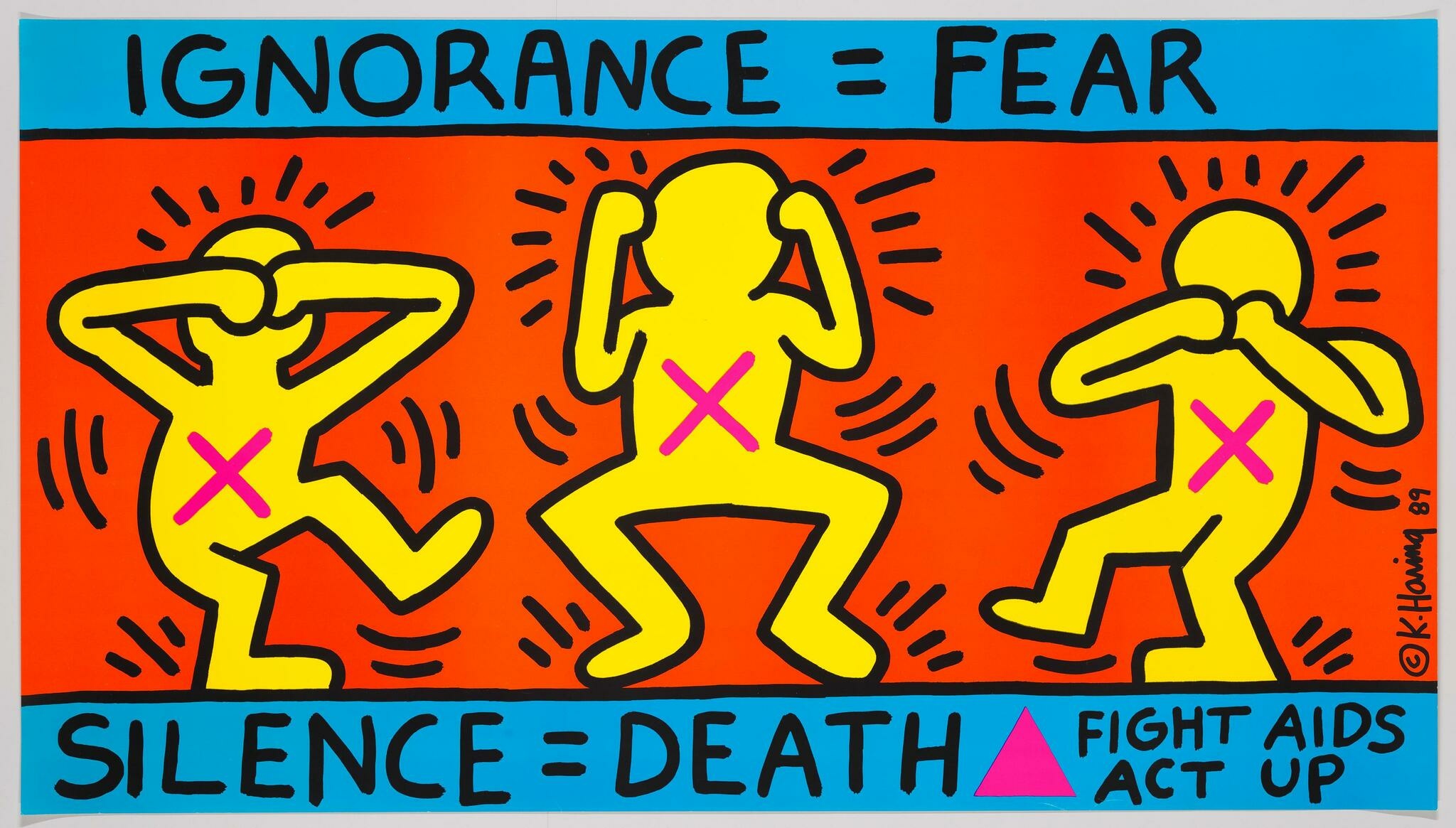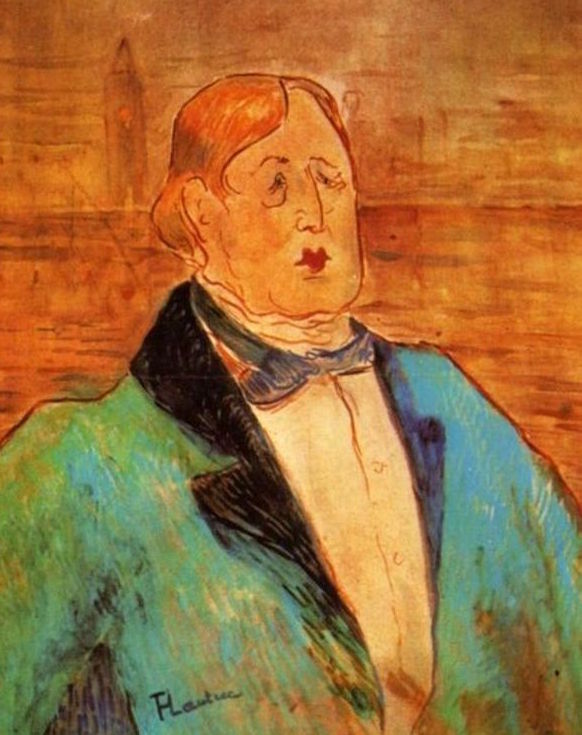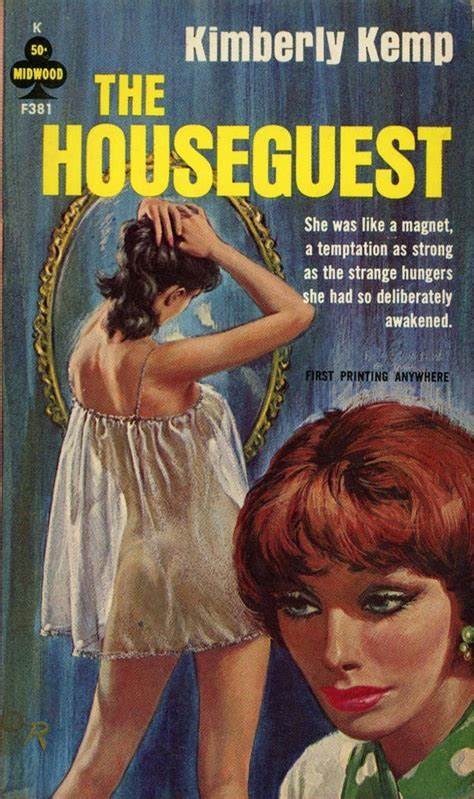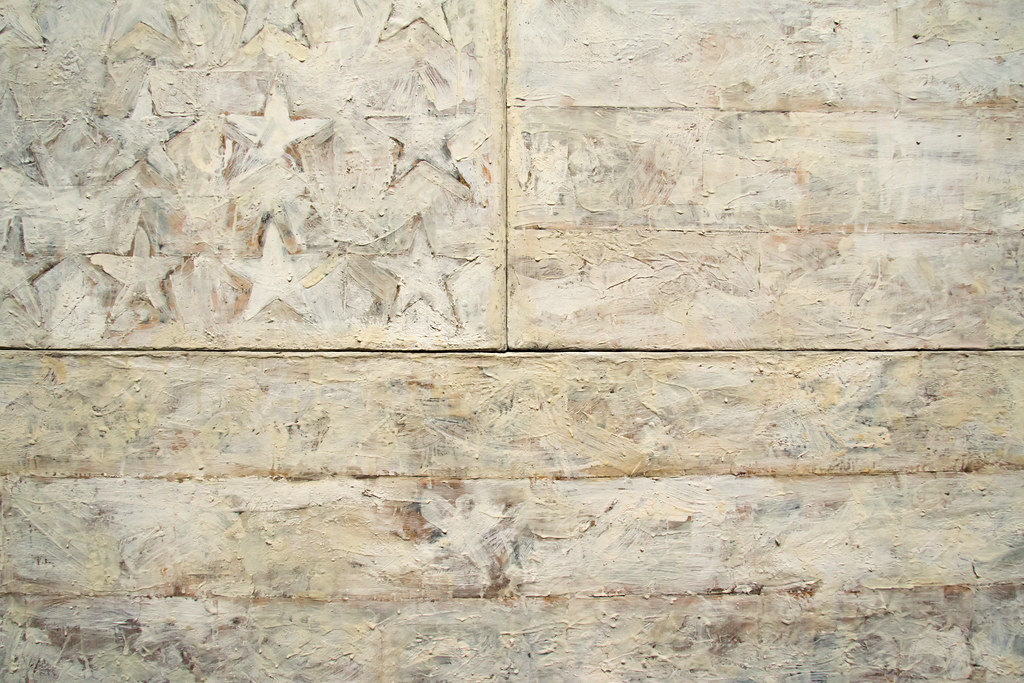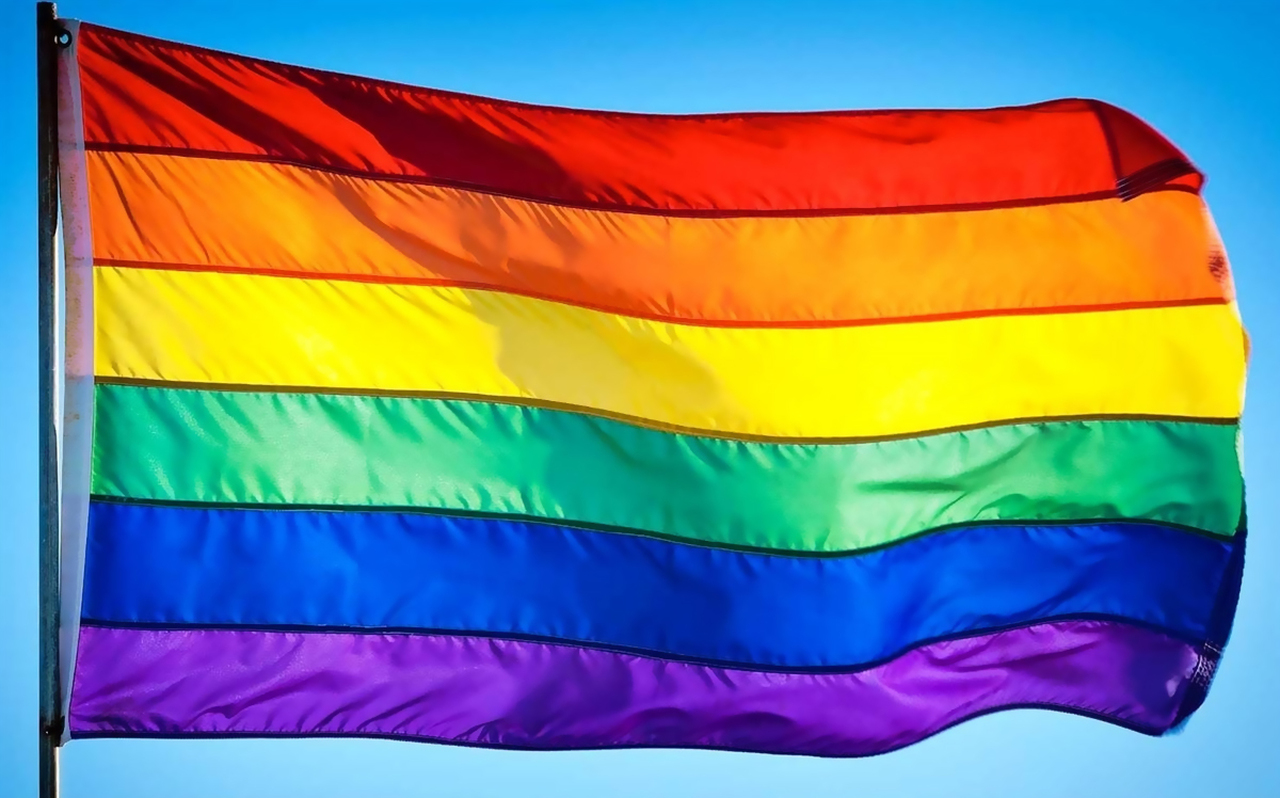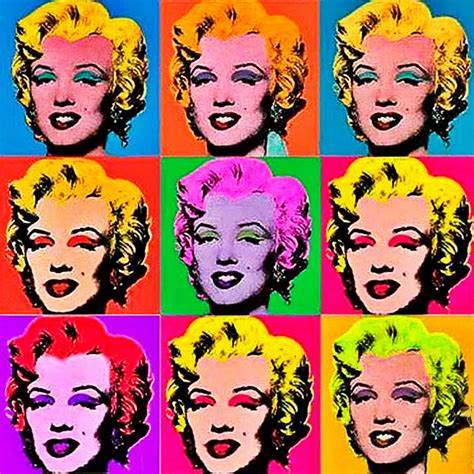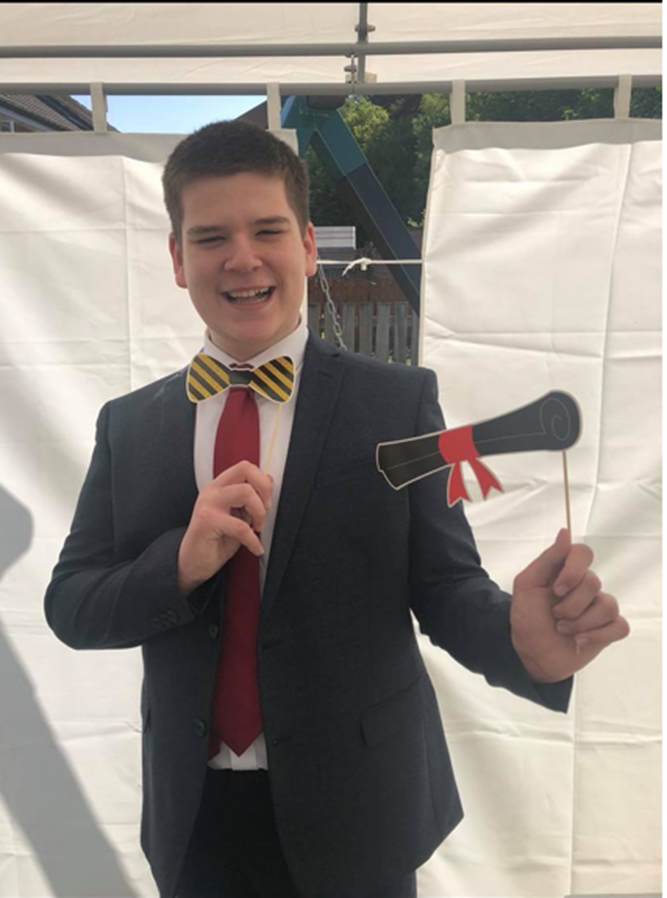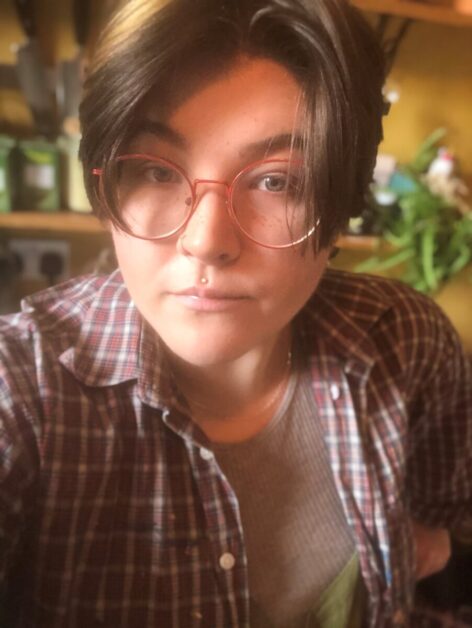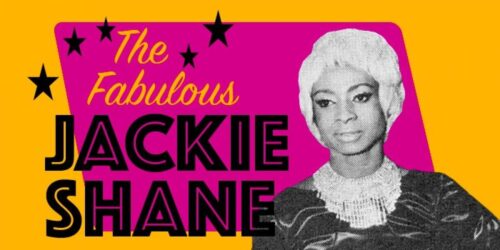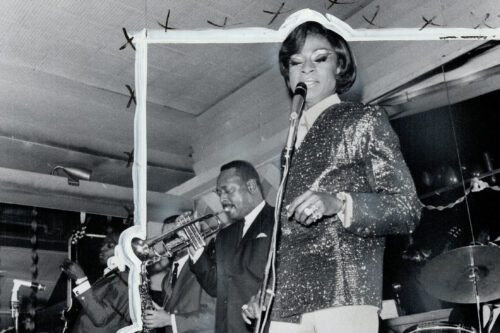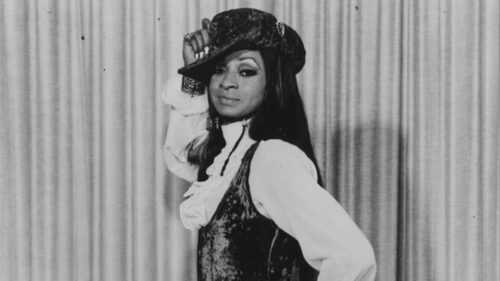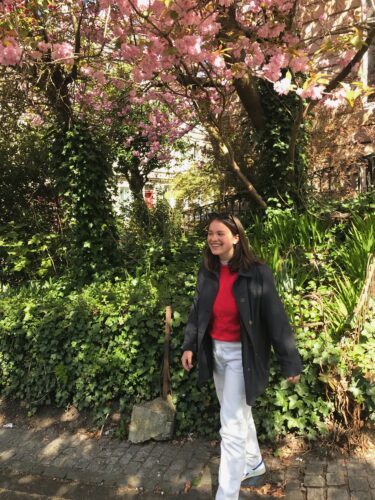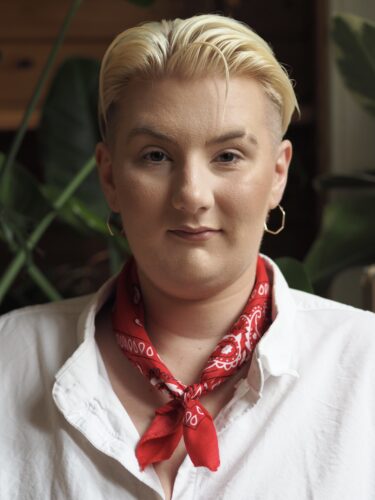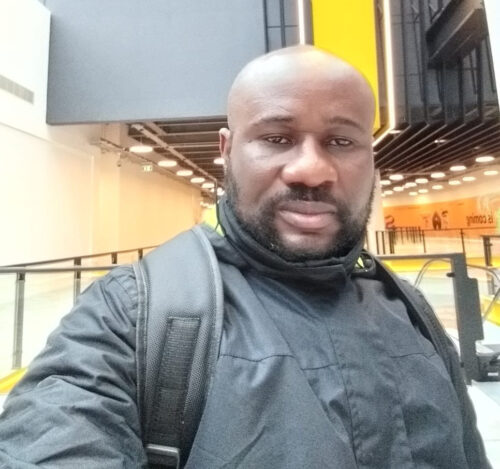By Siobhan Donegan
The American actress Tommy Dorfman recently (in fact just last month in July) ‘reintroduced’ herself as Transgender, saying, ‘I’m still an actor, still a writer, still a creative, still a storyteller, and I’m a woman -a Trans Woman’. Dorfman explained that she had been ‘privately’ identifying and living as a woman for a year. Furthermore, expanding on this she also explained that for many years she had wanted to transition, but found the prospect ‘very daunting’ and ‘scary’ because she is very young and at the very beginning of her career.
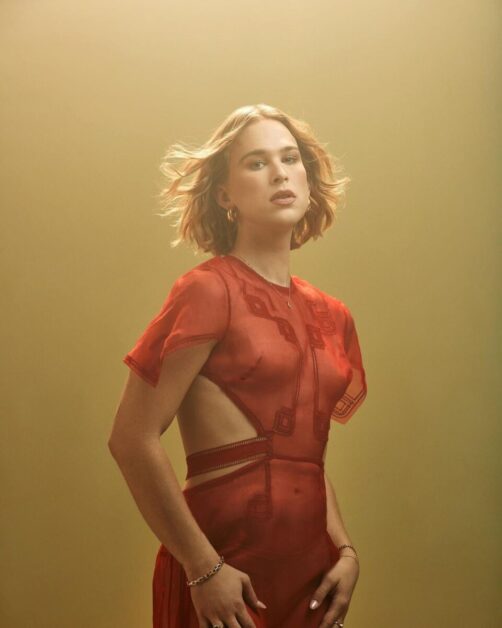 Dorfman also said that she was never ‘not out’ in reaction to ‘coming out’ as transgender, declaring ‘Today is about clarity’. Fans have in fact been curious, speculating, and questioning her gender identity for about a year amid a ‘change’ in her ‘style’ on posts on Instagram. Commenting on this, she stated that she has been living in this ‘other version’ of coming out also claiming that she kept a ‘diaristic time capsule’ instead that makes clear ‘one that shows a body living in a more fluid space’. She also stated in reference to the previous speculation and her medical transition that there had/has been ‘discourse about my body’, which as an experience she claimed started to feel ‘overwhelming’.
Dorfman also said that she was never ‘not out’ in reaction to ‘coming out’ as transgender, declaring ‘Today is about clarity’. Fans have in fact been curious, speculating, and questioning her gender identity for about a year amid a ‘change’ in her ‘style’ on posts on Instagram. Commenting on this, she stated that she has been living in this ‘other version’ of coming out also claiming that she kept a ‘diaristic time capsule’ instead that makes clear ‘one that shows a body living in a more fluid space’. She also stated in reference to the previous speculation and her medical transition that there had/has been ‘discourse about my body’, which as an experience she claimed started to feel ‘overwhelming’.
As regards her name, I personally find it fascinating that she decided not to change this as part of her transition and subsequently found out through research why this is; she was in fact named after her maternal uncle who actually held them as he was dying, thus understandably she feels a very strong connection to this name stating ‘This is an evolution of Tommy’. In response to this, during an interview with Torrey Peters for Time Peters stated, ‘I like that idea: transition as amplification of yourself rather than a qualitative change’.
Dorfman also stated that through her transition she had to ‘recalibrate’ her intimate romantic relationships. Having been in a nine-year relationship and thought of as ‘a male-bodied person’ in a gay male relationship stated, ‘we’ve been learning that as a trans-woman what I’m interested in is not necessarily reflected in a gay man’. Furthermore, she added that the transitional experience has in fact acted as a catalyst to some ‘incredible conversations.’
In reference to transitioning in general, Dorfman stated, ‘I’m especially grateful to every single trans person who walked this path, broke down barriers, and risked their lives to live authentically and radically as themselves’.
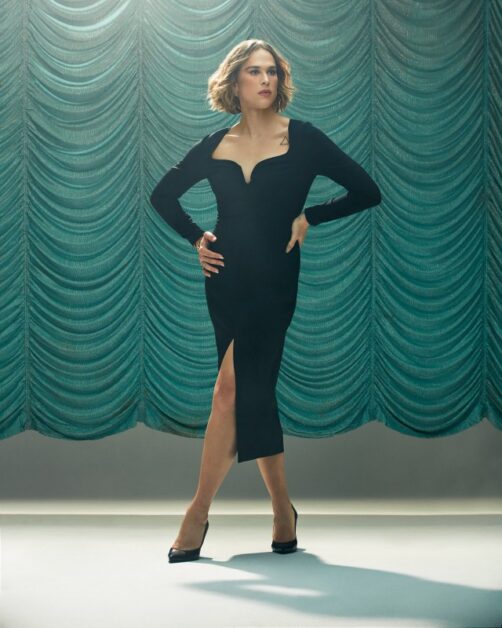 Having written at length of Dorfmans transition, I thought this would be a suitable juncture to say something about her background. Tommy Dorfman was born to a Jewish family on May 13th 1992 and brought up in Atlanta, Georgia. It was at the Fordham University’s Drama program that Dorfman graduated in 2015 with a B.A in Theatre Arts. Dorfman is also a photographer and director who has worked in multi-media platforms for example television, film, and performing live in theatrical stage productions, recently having performed in the ‘hit Play’ Daddy at the Signature. If these creative talents weren’t already impressive enough Dorfman is also a Dancer and has performed as a member of the Atlanta Ballet. As such, she is a young person with a brilliant career ahead of her and has already attained celebrity status. Thus it is understandable that she has been photographed for certain magazine covers, one being ‘American Studies’. She has also worked and appeared in popular ad campaigns for Calvin Klein and Fendi.
Having written at length of Dorfmans transition, I thought this would be a suitable juncture to say something about her background. Tommy Dorfman was born to a Jewish family on May 13th 1992 and brought up in Atlanta, Georgia. It was at the Fordham University’s Drama program that Dorfman graduated in 2015 with a B.A in Theatre Arts. Dorfman is also a photographer and director who has worked in multi-media platforms for example television, film, and performing live in theatrical stage productions, recently having performed in the ‘hit Play’ Daddy at the Signature. If these creative talents weren’t already impressive enough Dorfman is also a Dancer and has performed as a member of the Atlanta Ballet. As such, she is a young person with a brilliant career ahead of her and has already attained celebrity status. Thus it is understandable that she has been photographed for certain magazine covers, one being ‘American Studies’. She has also worked and appeared in popular ad campaigns for Calvin Klein and Fendi.
As mentioned above Dorfman had previously been in a nine-year relationship with a gay man. In other words, she has been in the recent past openly gay, however, due to her transition, she is now apparently questioning her orientation. As regards to her relationship, Dorfman in fact married their partner Peter Zurkuhlen on 12 November 2016, who is a former real estate agent and founded the tech company Chip-Chop Systems. Dorfman and partner Zurkuhlen have however now decided to just be friends. Interestingly Dorfman had previously come out in November 2017 as Non-binary changing her pronouns to they/them, having subsequently come out to ‘reintroduce’ herself as transgender, she now has updated her pronouns to she/her.
Dorfman made her acting debut in 2009 in the short movie ‘Foreign Exchange’. Her TV debut was in the series ‘i-witness’. She is apparently most famed for ‘Jeremy O’. Outside of the Netflix series ’13 Reasons Why’, she has also starred in ‘Jane the Virgin’ (2019) which is a romantic comedy, ‘American Princess’ a dark comedy drama, and appeared in two episodes of ‘Insatiable’.
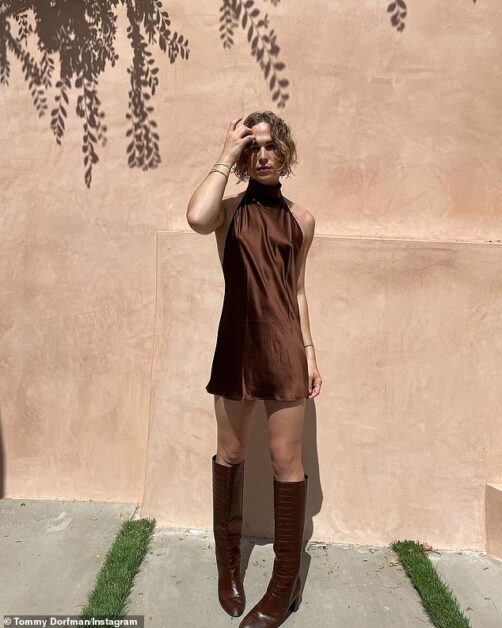 The Netflix TV series ‘13 Reasons Why’ has been defined as a ‘Teen drama’ as the series explores a number of important social issues that impact the lives of modern teenagers including suicide, alcoholism, bullying, mental health, and even sexual assault. The series was centred on the character Clay Jensen and the emotional fallout after the suicide of another student character, Hannah Baker. Dorfman, who appeared in the first and second seasons, plays the character Ryan Shaver ‘who had betrayed Hannah’s trust’. They also appeared in the final season in a guest role. It should also be mentioned here that Dorfman played a character in the film ‘In my Skin’, and as mentioned above appeared in stage productions, one such being ‘The Enigma Machine’.
The Netflix TV series ‘13 Reasons Why’ has been defined as a ‘Teen drama’ as the series explores a number of important social issues that impact the lives of modern teenagers including suicide, alcoholism, bullying, mental health, and even sexual assault. The series was centred on the character Clay Jensen and the emotional fallout after the suicide of another student character, Hannah Baker. Dorfman, who appeared in the first and second seasons, plays the character Ryan Shaver ‘who had betrayed Hannah’s trust’. They also appeared in the final season in a guest role. It should also be mentioned here that Dorfman played a character in the film ‘In my Skin’, and as mentioned above appeared in stage productions, one such being ‘The Enigma Machine’.
Dorfman also had a starring role in the series ‘Love in the Time of Corona’. Here in the part of Oscar their ‘mostly platonic’ friendship with roommate Elle is explored. The complexity of the friendship increases due to the ‘uncertainty’ of the pandemic as they begin to question if they can find love ‘under one roof’.
As regards the prospect of future performances by Dorfman, the actress confirmed-stressed that she would no longer be going to play any male roles. This is an important statement considering the fact that she will play her first female role in the film ‘Sharp Stick’, written and directed by Lena Dunham. Furthermore, in the context of her acting profession she reflected that she had been thinking about how she can ‘infuse my trans body’ into performances in film and television.
Dorfman is also an LGBT activist and also supports the Ali Forney Centre which through their programs provides help to LGBT youth. Dorfman also had the honour of accepting their first GLAAD award in recognition of the fact that she wants to raise awareness of what it’s like and her experiences as a young gender non-conforming person in Hollywood.
Tommy Dorfman who has quite rightly been described as ‘beautiful and talented’ has attracted into her orbit a large fan base through her recent activity on her Instagram profile. Together with this her official Facebook profile has also attracted many followers.


